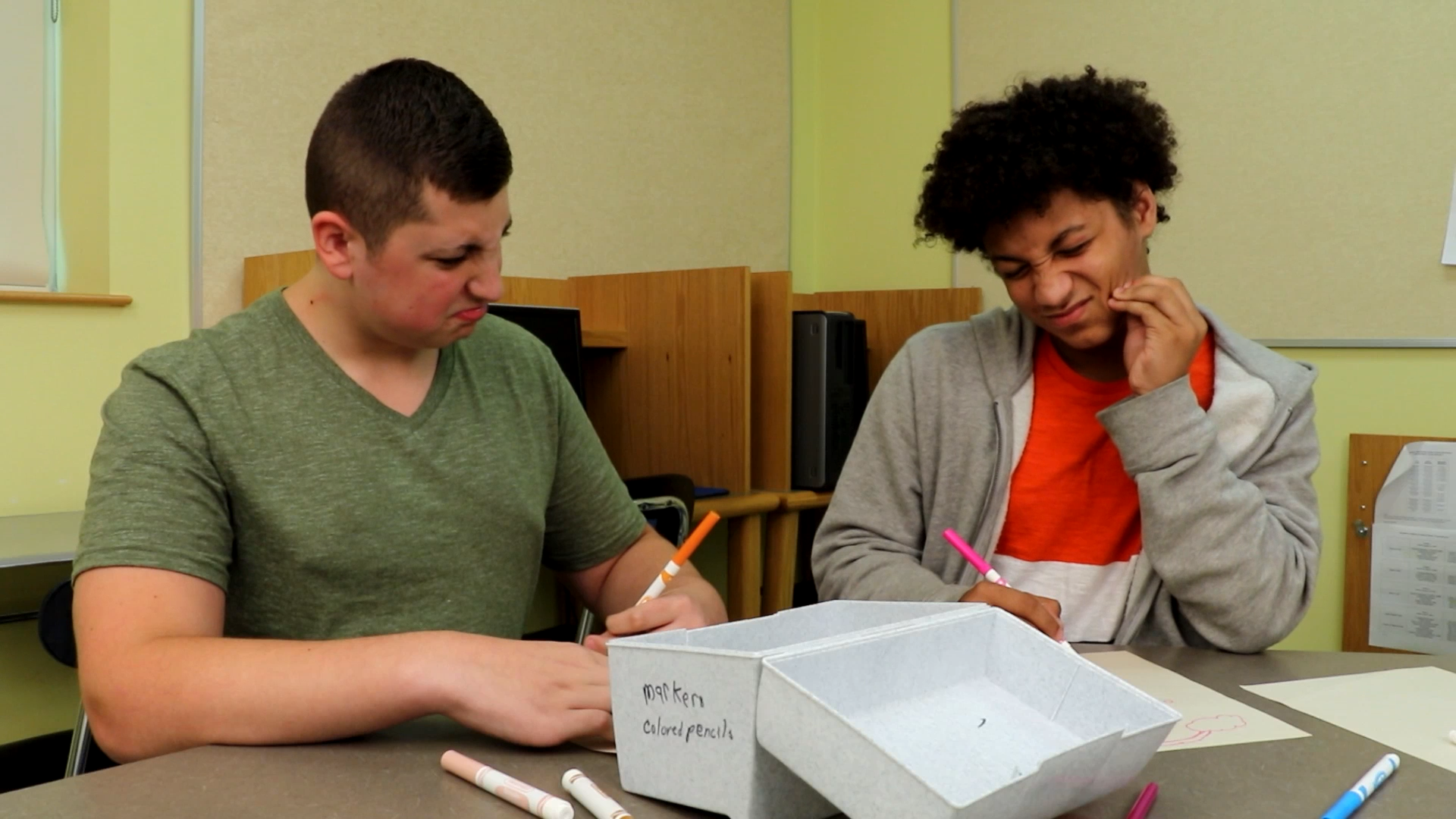
Introduction
As high school students grow and develop, it’s essential for them to understand the importance of personal hygiene and the appropriate spaces to perform certain actions. Personal hygiene is the practice of maintaining cleanliness and grooming habits to promote overall health and well-being. It’s crucial for students to recognize that some personal hygiene habits should be kept private, as performing these actions in public can make others feel uncomfortable or grossed out. This blog will discuss an activity that educators can use to teach high school students the difference between public and private spaces when it comes to personal hygiene, along with discussion questions and related skills.
No-Prep Activity
This activity aims to help students understand the difference between public and private spaces for personal hygiene practices. It requires no preparation or materials from the educator and can be done in a classroom setting.
- Divide the students into small groups of 4-5 students each.
- Ask each group to come up with a list of personal hygiene habits that should be performed in private spaces and another list for habits that are acceptable in public spaces.
- Give the groups 10-15 minutes to brainstorm and create their lists.
- After the allotted time, ask each group to present their lists to the entire class.
- Encourage a discussion about why certain habits should be performed in private spaces and why others are acceptable in public spaces. This will help students understand the reasons behind maintaining personal hygiene in the appropriate settings.
By participating in this activity, students will gain a better understanding of the importance of personal hygiene and the appropriate spaces for various actions. This will help them develop positive habits and become more aware of how their actions can affect those around them.
Discussion Questions
Use the following questions to stimulate further discussions among students:
- Why is it important to maintain personal hygiene in private spaces?
- How can performing certain personal hygiene habits in public make others feel uncomfortable?
- What are some examples of personal hygiene habits that are acceptable in public spaces? Why are they acceptable?
- How can we remind ourselves to perform personal hygiene habits in the appropriate spaces?
- What can you do if you notice someone performing a personal hygiene habit in public that makes you feel uncomfortable?
Related Skills
Teaching personal hygiene and the appropriate spaces for various actions is just one aspect of Social-Emotional Learning. Other related skills that educators can incorporate into their lessons include:
- Respecting personal boundaries
- Developing empathy and understanding for others
- Effective communication and active listening
- Building positive relationships with peers
- Practicing self-awareness and self-regulation
Next Steps
Now that you have a better understanding of how to teach personal hygiene and the importance of recognizing public vs. private spaces for various actions, we encourage you to explore additional resources and activities. To access free sample materials that can help you teach these skills and more, visit Everyday Speech’s sample materials page. By incorporating these activities and discussions into your lessons, you’ll help your high school students develop essential life skills and promote a positive learning environment.

